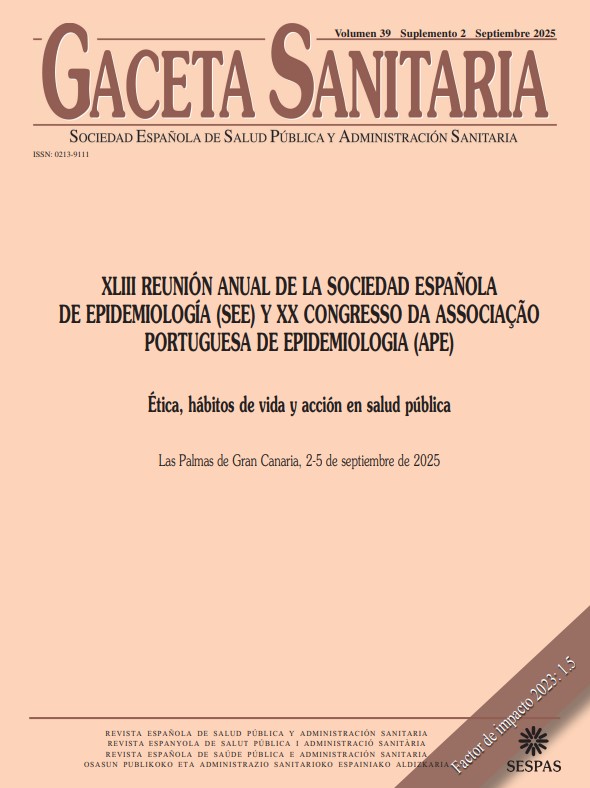775 - TWENTY-YEAR TREND IN THE PREVALENCE OF INCREASED CARDIOMETABOLIC RISK, MEASURED BY ABDOMINAL OBESITY, AMONG SPANISH CHILDREN AND ADOLESCENTS ACROSS BODY MASS INDEX CATEGORIES
CIBER de Epidemiología y Salud Pública (CIBERESP); Hospital del Mar Research Institute; Gasol Foundation; Sciensano; University of Lleida; University of Alcalá; Children’s Hospital Los Angeles; University of Málaga; Centro de Investigación Biomédica en Red Fisiopatología de la Obesidad y la Nutrición (CIBEROBN).
Background/Objectives: Early identification of children and adolescents at cardiometabolic risk is essential for effective prevention and treatment. Practically, this can be achieved by assessing abdominal obesity, a simple and reliable surrogate marker of increased cardiometabolic risk. However, waist circumference measurement has yet to become a standard practice in pediatric healthcare. The present study aimed to analyze the secular trends in increased cardiometabolic risk, as indicated by waist circumference, among Spanish children and adolescents.
Methods: This study included 4,861 children and adolescents aged 8 to 16 years from two nationally representative cross-sectional surveys: the EnKid (1998-2000) and the PASOS study (2019-2020). Trained personnel took anthropometric measurements following WHO protocols. Abdominal obesity was defined using three WHtR cutoffs, and BMI categories followed IOTF and WHO growth charts. Sample differences were assessed with t-tests and χ2 tests, while logistic regression estimated cardiovascular risk across BMI categories over time. Additional WHtR thresholds were tested for robustness, yielding six alternative outcome measures.
Results: Abdominal obesity (WHtR #1 0.49) significantly increased from 40.7% to 56.1% in participants with overweight and from 93.8% to 97.2% in those with obesity between 1998-2000 and 2019-2020 (p < 0.05). These trends were observed in both boys and girls, with notable increases in abdominal obesity across all BMI categories. Logistic regression analysis, adjusted for sex and age, showed that the odds of being at increased cardiometabolic risk were higher in individuals with abdominal obesity, especially in girls and children with obesity. The use of different WHtR thresholds did not significantly alter the findings, although the strength of the associations varied.
Conclusions/Recommendations: Abdominal obesity significantly increased among children and adolescents with overweight and obesity from 1998/2000 to 2019/2020, highlighting a rise in cardiometabolic risk. Early screening using waist circumference measurement should be incorporated into routine pediatric care to identify at-risk children.
Financiación: Multi-source funding.















